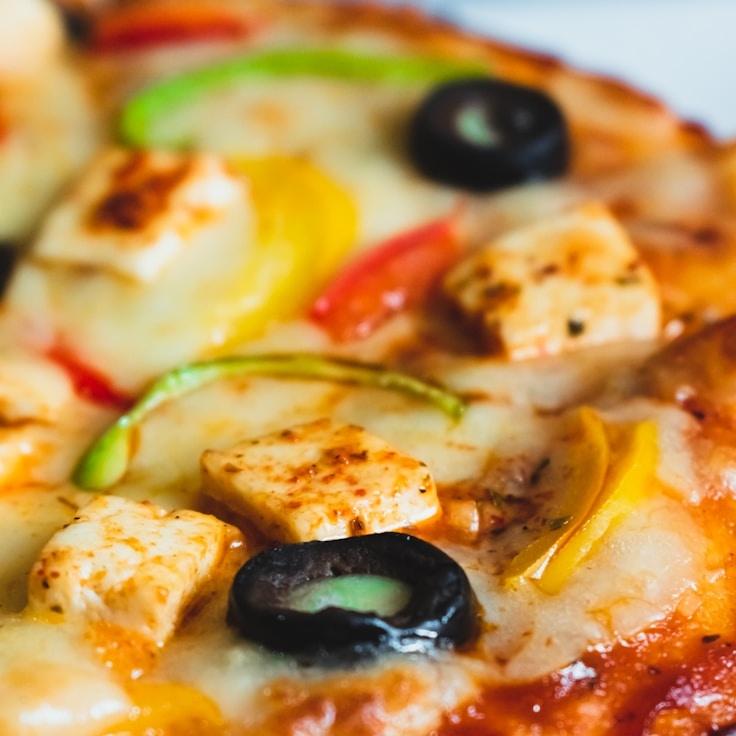Here at Dough Maestro's Pizzeria, we're passionate about creating outstanding pizza which all begins with the dough. With over thirty years dedicated to refining our recipe, we're thrilled to offer you a peek into our expertise. Although we hold our exact recipe close, we can provide you with fundamental guidelines to replicate the quality of a pizzeria's pizza dough in your own kitchen.
Choosing the Right Flour
A critical element of producing excellent pizza dough lies in the use of superior flour. 00 flour, which is a finely milled Italian flour with a protein content around 12%, is our preference for its blend of resiliency and delicacy. If 00 flour is out of reach, bread flour makes a decent alternative, however, expect a modest change in consistency.
Considerations of Water Temperature and Dough Hydration
The dough's development and the timing of fermentation are influenced by the water's temperature. Opt for cold water, about 45°F (7°C), for a slower fermentation that results in a more enhanced flavor. Use warmer water around 85°F (29°C) for a speedier fermentation. Managing the hydration level, which is the water-to-flour ratio, is key and we suggest aiming for 60-70% for optimal results in a standard home oven.
Less Yeast, More Fermentation Time
A less obvious tip for delectable dough is to use a minimal amount of yeast and extend the fermentation period. With only 0.2% fresh yeast in relation to the flour's weight, our dough undergoes a 24-48 hours fermentation. This lengthy process cultivates an intricate flavor profile and results in dough that's not just delicious, but also more digestible.
The Role of Salt
Salt does more than just add taste; it fortifies the gluten framework andregulates yeast activity. A proportion of 2.5-3% fine sea salt relative to the flour weight is our recommendation. Mix it in after the dough has started to merge to avert any premature contact with the yeast.
Fermentation: The Art and Science
Upon mixing, provide your dough an initial bulk fermentation at ambient temperature for two hours, then separate it into individual portions. Encase each dough ball in a container with a lid and chill for 24-72 hours. It's during this cold fermentation that the transformation happens: enzymes dismantle complex starches into simpler sugars, which contributes to the dough's flavor and the crust's appealing browning.
Gentle Dough Handling
When you're ready to bake, take the dough out of the fridge 1-2 hours before to let it return to room temperature. Handling the dough delicately is crucial to maintain the air pockets that have formed. Rather than rolling the dough, lightly use your hands to press and expand it.
The Importance of Heat
Although our professional ovens soar to 850°F (454°C), domestic ovens generally go up to 550°F (288°C). A pizza stone or steel, preheated for a minimum of one hour, helps provide the same fierce direct heat on the bottom necessary to produce a crusty edge and puffy interior.
Perfecting the pizza dough technique is a constant learning experience. Each batch is an opportunity to learn more about the craft. Experiment, tweak the elements, and find what best complements your kitchen's conditions.
For a hands-on demonstration, consider attending one of our monthly pizza workshops led by Chef Giovanni. Refer to our events calendar for the latest schedule!

